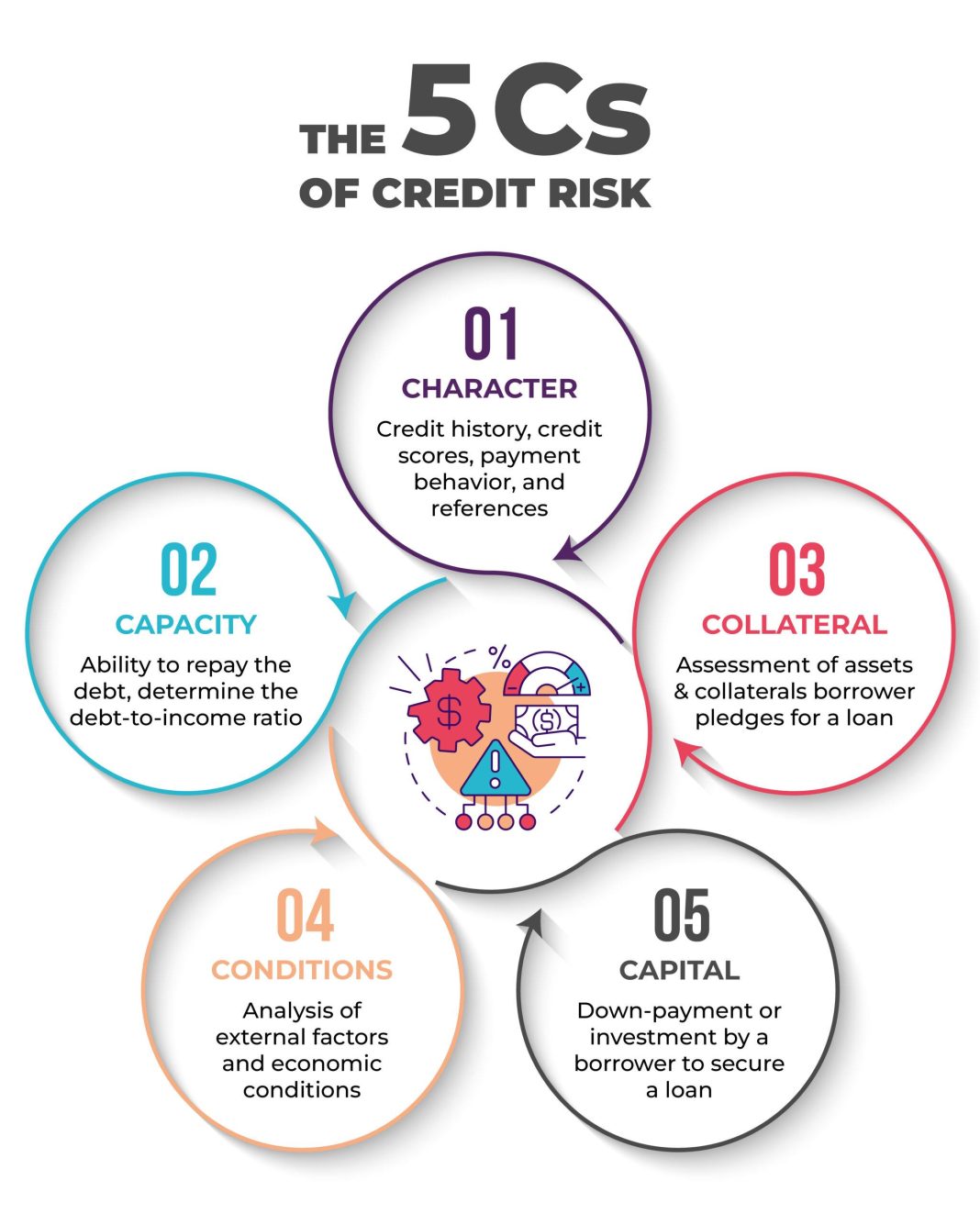In the intricate dance of business operations, where every cog and wheel is meticulously aligned to drive success, there lurks an often-overlooked shadow—insider threats. Imagine, for a moment, the trusted employee who knows the ins and outs of your company, someone who has access to sensitive information and critical systems. Now, imagine that same individual quietly siphoning resources, exploiting vulnerabilities, and eroding the very foundation of trust upon which your business is built. Could an insider be stealing from your business right now? This unsettling question demands our attention, as the reality of insider threats is not just a possibility but a burgeoning concern in today’s corporate landscape. Join us as we delve into the clandestine world of insider theft, unraveling the motives, methods, and measures to safeguard your enterprise from those who operate within its walls.
Spotting the Subtle Signs of Internal Theft
Internal theft can be a silent predator, quietly gnawing away at your business’s bottom line. Recognizing the subtle signs can be your first line of defense. Employees who suddenly begin to work odd hours or display unusual territorial behavior over certain tasks might be more than just dedicated workers. It’s crucial to stay vigilant for any shifts in employee habits or routines that seem out of character.
- Inventory Discrepancies: Frequent or unexplained shortages could indicate that someone is pilfering stock.
- Unusual Financial Records: Keep an eye out for altered or missing documents, as these could be attempts to cover up illicit activities.
- Employee Lifestyle Changes: Noticeable changes in an employee’s lifestyle that don’t match their salary could be a red flag.
- Reluctance to Take Time Off: Employees involved in theft might avoid vacations to prevent their misdeeds from being discovered in their absence.
By staying alert to these indicators, you can protect your business from the costly impacts of internal theft. Implementing robust monitoring systems and fostering a transparent work culture can further safeguard your assets.
Unmasking the Tactics: How Insiders Exploit Vulnerabilities
In the intricate web of business operations, insiders often possess an intimate knowledge of a company’s systems and processes, which they can exploit to devastating effect. These individuals are not faceless hackers but trusted employees or partners, leveraging their access to sensitive information and resources. By understanding the methods they use, businesses can better safeguard their assets.
- Access Abuse: Insiders might misuse their legitimate access to confidential data, either by copying, altering, or deleting crucial information. This can happen gradually, making it difficult to detect until significant damage is done.
- Social Engineering: By manipulating colleagues, insiders can extract passwords or sensitive data under the guise of legitimate requests. Their familiarity with company culture and personnel makes this tactic particularly effective.
- Collusion with External Threats: Insiders may collaborate with external cybercriminals, providing them with access or information that bypasses typical security measures. This alliance can lead to sophisticated breaches that are hard to trace back to their origin.
Recognizing these tactics is the first step in fortifying your business against internal threats. By implementing robust security protocols and fostering a culture of vigilance, companies can mitigate the risk of insider exploitation.

Strengthening Your Defenses: Proactive Measures for Prevention
To safeguard your business from potential insider threats, it’s crucial to adopt a multifaceted approach that not only deters malicious activity but also fosters a culture of trust and transparency. Begin by implementing robust access controls. Limit access to sensitive information based on the principle of least privilege, ensuring employees only have access to the data necessary for their roles. Regularly review and update these permissions to adapt to changes in personnel and job functions.
- Conduct Regular Audits: Regularly audit both digital and physical access logs to identify any unusual patterns or unauthorized access attempts.
- Employee Training: Educate your workforce about the importance of data security and the potential risks posed by insider threats. This can include recognizing suspicious behavior and understanding the protocols for reporting concerns.
- Implement Monitoring Systems: Utilize advanced monitoring tools to track employee activities, focusing on sensitive data access and movement. Ensure these systems respect privacy while effectively detecting anomalies.
- Foster an Open Environment: Encourage open communication and feedback within your organization. Employees who feel valued and heard are less likely to engage in harmful activities.
By proactively strengthening your defenses, you not only protect your business assets but also cultivate a resilient organizational culture capable of withstanding potential internal threats.
Building a Culture of Trust and Accountability in the Workplace
In today’s fast-paced business environment, fostering a culture of trust and accountability is paramount to safeguarding your company’s assets. A transparent workplace not only deters potential insider threats but also enhances employee morale and productivity. Trust is the cornerstone of any successful organization, yet it must be balanced with robust accountability measures to ensure that all team members are aligned with the company’s values and goals. By cultivating an environment where employees feel valued and responsible, businesses can mitigate risks and foster a sense of ownership among their workforce.
To build this culture, consider implementing the following strategies:
- Open Communication Channels: Encourage regular feedback and dialogue between management and staff to address concerns and share ideas.
- Clear Expectations and Consequences: Define roles and responsibilities clearly, and establish fair consequences for misconduct.
- Lead by Example: Leadership should model the behavior they expect from their team, demonstrating integrity and transparency.
- Continuous Training and Development: Invest in ongoing education to keep employees informed about best practices and ethical standards.
By integrating these elements into your workplace, you can create a resilient and trustworthy organizational culture that not only prevents internal theft but also propels your business towards long-term success.





